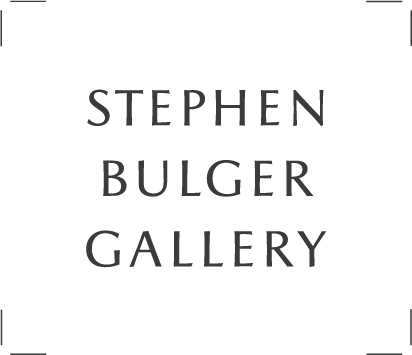Opening Reception: Saturday, January 26, 2-5 pm
Exhibition Dates: January 26 – February 23, 2013
In China, the model operas were planned and engineered during the Cultural Revolution by Jiang Qing, the wife of Chairman Mao Zedong. As Communist Party-sanctioned operas, they were considered "revolutionary" and modern in terms of thematic and musical features when compared with traditional Peking operas.
Originally, a total of eight productions were made; six operas and two ballets. During the latter part of the Cultural Revolution, several other productions were completed. According to some sources, they were the only forms of artistic expression allowed in China at the time. Traditional Peking opera was considered bourgeois and had been banned. The operas were made in accordance with Mao's provision that "art must serve the interests of the workers, peasants, and soldiers and must conform to proletarian ideology."
Zhang Yaxin is a Chinese photographer, born in 1933. He graduated from the photography department of Changchun Film Academy and joined the Xinhua News Agency as a staff reporter in 1963. This exhibition highlights the still photographs he made of the revolutionary model operas from 1969 to 1976. The plots of these operas are based on stories of labouring people struggling and fighting for happiness. They were made into films for promotion nationwide. Yaxin’s still photographs of the characters and scenes were printed on posters, stamps and craftworks. It was a mass commercial campaign even though people did not understand it in such terms. As the dominant art form in people's lives for approximately ten years, the revolutionary model operas and their impact on society are now the subject of much analysis from a pop culture perspective.
Yaxin was chosen as the chief photographer by the Party Leaders and he worked under the close scrutiny of Jiang Qing. He used one of only three Hassleblad cameras in China at that time and had an unlimited amount of colour KODAK film at his disposal, whereas other photographers in his agency were allotted only three rolls of colour film per year. Working with a stage carpenter, he fashioned a box to encase the camera so that he could photograph during performances without interrupting the sound recording. He devoted eight years of his life photographing the model operas, which assembled China’s best playwrights and performers. This is the first time these works have been exhibited in North America.


